How to grow thyme plants?
Written by Joy
Dec 11 2020
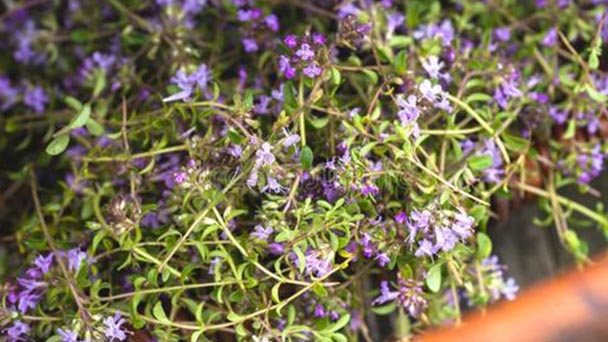
Creeping thyme plants are a wonderful herb with a pleasant, spicy, clover flavor. For all of gardeners, this smells like summer! Thyme plants have both fragrant ornamental types and culinary thyme varieties. They add a bit of flavor to summer soups, roasts and vegetables. In order to have a better understanding of such a special plant, this article will take you to learn how to grow creeping thyme plants, and how to grow and harvest thyme plants.
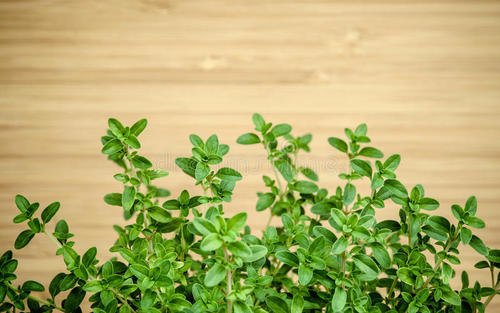
Because thyme plants germinate slowly and unevenly, it is difficult to grow thyme from seeds and not recommended to plant thyme seeds. But in this passage, seed propagation of thyme plants will still be introduced for gardening lovers. It is easier to buy plants from the garden center or pick some branches from friends. As time goes by, you can breed from your own cuttings.
The methods of growing thyme mainly include seed propagation, cutting propagation and ramification propagation.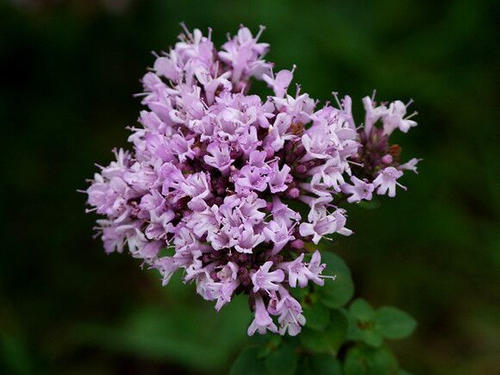
You can also plant cuttings of some thyme plants in indoor pots if you'd like to.How to cut of thyme plants
You could also put a three-inch incision from the top of the stem of thyme plants, apply rooting hormone to the bare part of the stem, and plant it in sterile sand or verstone. Roots will appear in about six weeks. After that, it's time to transfer to a small pot to allow root balls to form, then transfer to a large pot or directly to your garden.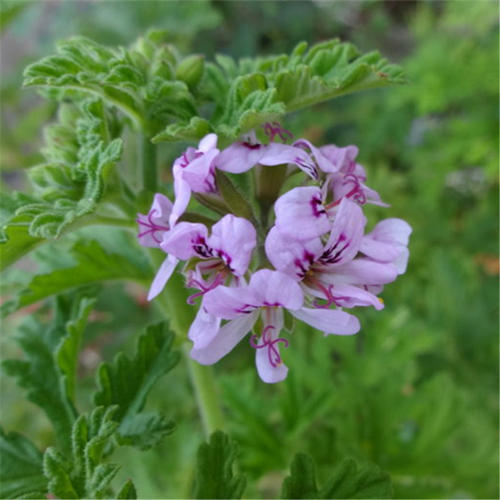
If you want to dry thyme plants, hanging the twigs in a dark, well-ventilated area is a better choice. You can also put the leaves on the tray to dry them. After drying, you can store it in a sealed container. Don’t forget to crush it before use. Under good conditions, the herbs of creeping thyme plants will maintain their maximum flavor for two years.
Freezing creeping thyme plants is another storage method.
Fresh thyme plants can be used with or without stems. However, if the recipe calls for the use of twigs, the stems should be kept. The leaves of thyme plants would gradually fall off during cooking and can then be removed before eating.
If the recipe calls for sprigs of thyme, the leaves and stems should be used intact. When creeping thyme plants are added to soups, stews, or other recipes, leaves are usually dropped during the cooking process, and the woody stems can be removed before eating.
2. In terms of cultivation medium, thyme plant seedlings do not require high soil quality, but the thick leaves and fleshy characteristics make it intolerant to moisture and need a medium with good drainage. Therefore, if peat soil is used as cultivation material, about 20% medium composition that is easy to drain should be added.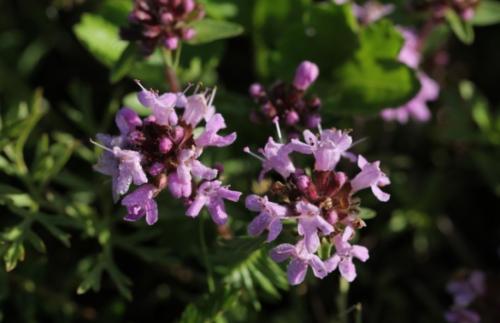 3. In terms of watering, it is better to dry it before watering, and not to keep it in a wet state, otherwise the roots will not be able to stretch and function well. After planting thyme plants, you should water it immediately and pay attention to keeping the soil moist. Until thyme seedlings grow slowly. During the growth period, watering can be done once a month, and the soil should be cultivated in time to loosen the soil. It's necessary to pay attention to drainage during the rainy season. If the medium is always wet, the ventilation will be poor. The growth rate of thyme plant seedlings is slow and does not require too much fertilizer. If peat is used as the medium, about 5%-10% of decomposed organic fertilizer can be added. After thyme plant seedlings grow up, you could cut the branches and use them.
3. In terms of watering, it is better to dry it before watering, and not to keep it in a wet state, otherwise the roots will not be able to stretch and function well. After planting thyme plants, you should water it immediately and pay attention to keeping the soil moist. Until thyme seedlings grow slowly. During the growth period, watering can be done once a month, and the soil should be cultivated in time to loosen the soil. It's necessary to pay attention to drainage during the rainy season. If the medium is always wet, the ventilation will be poor. The growth rate of thyme plant seedlings is slow and does not require too much fertilizer. If peat is used as the medium, about 5%-10% of decomposed organic fertilizer can be added. After thyme plant seedlings grow up, you could cut the branches and use them.
4. In terms of fertilization, when the new shoots begin to grow, irrigate the liquid fertilizer diluted 1000 times as appropriate for 10-15 days. The growth of thyme plants in summer will be weak. At this time, fertilization will easily lead to the death of plant roots. Therefore, fertilization should be stopped in summer. Summer in a cool season. Combined with watering, topdressing urea can be applied 1-2 times according to the growth situation, and the dosage is about 5 kg per mu each time. It’s a good choice to cultivate the decomposed dry manure before pouring overwintering water before winter, and cultivate soil to help creeping thyme plants through the winter.

Growing thyme plants
Thyme plants tend to grow in a sunny environment and love life. If you grow thyme in indoor pots, plant thyme plants near sunny windows. The soil of thyme plants needs to be well drained. It's a good choice to plant other drought-tolerant perennials in the garden. In the early spring, you may use organic matter to fertilize like compost, but you don’t need too much soil amendment.Because thyme plants germinate slowly and unevenly, it is difficult to grow thyme from seeds and not recommended to plant thyme seeds. But in this passage, seed propagation of thyme plants will still be introduced for gardening lovers. It is easier to buy plants from the garden center or pick some branches from friends. As time goes by, you can breed from your own cuttings.
The methods of growing thyme mainly include seed propagation, cutting propagation and ramification propagation.
1. Seed propagation of thyme plants
Sow seedlings in spring from March to April. Because the seeds of thyme plants are small, the nursery ground must be finely prepared, the soil must be finely broken and leveled, and then slightly suppressed, watered and broadcasted, and then covered with a thin layer of fine soil, and a small arch canopy covered with plastic film to keep warm and moisturize. Thyme plants seedlings emerge after 10-12 days, and the film will be removed at the right time. At the thyme plants seedling stage, care should be taken to keep the soil moist and to eliminate weeds. When the seedlings are 10-15 cm high, they can be directly planted in the field in rows and plant spacing (30-45) cm × (25-30) cm, and watered after planting.
2. Cutting propagation of thyme plants
The cutting method of thyme plants is very easy to root and reproduce. For mass production, for the sake of consistent quality, you'd better cut 3-5 section about 5cm long creeping thyme plants cuttings with top buds, thyme seedlings without top buds or already woody. Although the cuttings of modified thyme plant seedlings can survive, the rooting speed of thyme plant seedlings is slow and the root group is also less. The cuttings should be inserted in a paper tube seedling tray with a diameter of 2 cm to facilitate transplantation of thyme seedlings after survival. The layering and ramification method makes the seedlings contact the ground and automatically grow roots, and cut directly to form an independent plant. This method is more suitable for home gardening growers.3. Rectification of thyme plants
It's a good choice to choose three-year-old thyme plants and dig out the roots of the mother plants in late March or early April when they have not germinated, and then divide them into 4-6 parts according to the size of creeping thyme plants. Each clump should have 4-5. Bud, you can grow thyme. In addition, there is a cluster propagation method. During the growth period, the stolons are cut off and transplanted.Take care of creeping thyme plants
Water deeply only when the soil is completely dry. Gardeners ought to prune plants in spring and summer to suppress their growth. If you are cold in winter, remember to gently cover plants after the ground freezes. Three to four-year-old plants need to be separated or replaced, because older plants are woody and the leaves have a poor taste.You can also plant cuttings of some thyme plants in indoor pots if you'd like to.How to cut of thyme plants
You could also put a three-inch incision from the top of the stem of thyme plants, apply rooting hormone to the bare part of the stem, and plant it in sterile sand or verstone. Roots will appear in about six weeks. After that, it's time to transfer to a small pot to allow root balls to form, then transfer to a large pot or directly to your garden.
Harvest thyme plants
What you ought to pay attention to is that you'd better harvest the thyme plants before the creeping thyme plants bloom by cutting off the top five to six inches of flowers. It's a better choice to leave hard wooden parts. It is best to harvest thyme in the morning after the dew dries. The leaves of thyme plants should not be cleaned because it will remove some essential oils. Two or more crops may be harvested during this season. Or, if you continue to prune thyme plants, it will continue to grow (and maintain a compact shape). But you'd better always keep at least 5 inches of growth so that creeping thyme plants can continue to flourish.
Store thyme plants
Fresh thyme plants should be kept refrigerated and lightly wrapped in plastic. It should last one to two weeks.If you want to dry thyme plants, hanging the twigs in a dark, well-ventilated area is a better choice. You can also put the leaves on the tray to dry them. After drying, you can store it in a sealed container. Don’t forget to crush it before use. Under good conditions, the herbs of creeping thyme plants will maintain their maximum flavor for two years.
Freezing creeping thyme plants is another storage method.
Cooking tips for creeping thyme plants
Thyme plants can add a soft flavor to almost all foods, especially eggs, tomatoes, meat, soups, beans and potatoes. Its taste is described as earthy with lemon and mint. Some things have a little floral fragrance.Fresh thyme plants can be used with or without stems. However, if the recipe calls for the use of twigs, the stems should be kept. The leaves of thyme plants would gradually fall off during cooking and can then be removed before eating.
If the recipe calls for sprigs of thyme, the leaves and stems should be used intact. When creeping thyme plants are added to soups, stews, or other recipes, leaves are usually dropped during the cooking process, and the woody stems can be removed before eating.
Precautions for growing thyme
1. In terms of growth habit, the thyme plant likes a warm, light and dry environment, and does not require high soil, but it grows well in calcareous soil with good drainage. It's a better choice to loose and well-drained land, facing the sun. Thyme was born in rocky mountains, slopes, valleys, ravines, roadsides and weeds at an altitude of 1100-3600 meters.2. In terms of cultivation medium, thyme plant seedlings do not require high soil quality, but the thick leaves and fleshy characteristics make it intolerant to moisture and need a medium with good drainage. Therefore, if peat soil is used as cultivation material, about 20% medium composition that is easy to drain should be added.

4. In terms of fertilization, when the new shoots begin to grow, irrigate the liquid fertilizer diluted 1000 times as appropriate for 10-15 days. The growth of thyme plants in summer will be weak. At this time, fertilization will easily lead to the death of plant roots. Therefore, fertilization should be stopped in summer. Summer in a cool season. Combined with watering, topdressing urea can be applied 1-2 times according to the growth situation, and the dosage is about 5 kg per mu each time. It’s a good choice to cultivate the decomposed dry manure before pouring overwintering water before winter, and cultivate soil to help creeping thyme plants through the winter.
Latest Updated
- Benefits of Bugleweed - 7 Science-backed Health Benefits
- Bugleweed Dangers & Side Effects - Is It Poisonous?
- How to Plant Evergreen Trees - What You Should Know
- When to Plant Evergreens - Grow Guide for Evergreen Trees
- 12 Wonderful Evergreen Shrubs for Your Garden
- 12 Popular Evergreen Plants with Pictures for Beginners
- When And How To Prune A Lilac Bush Like a Pro
- How to Grow & Care for Lilac Vine (Hardenbergia Violacea)
- Japanese Lilac Tree (Syringa Reticulata) Care & Propagation Guide
- Shumard Oak Pros and Cons - What to Know
Popular Articles
- Winter maintenance of Antirrhinum Majus
- How to Grow Terminalia Mantaly Tree
- How to Grow and Care for Crossostephium Chinense
- How to grow Antirrhinum Majus in spring
- Peristeria Elata (Dove Orchid) Profile: Info & Care Guide
- Underwatered Snake Plant (Sansevieria Trifasciata) - Signs And How To Fix
- How to Care for Brazilian Jasmine Plant (Mandevilla Sanderi)
- How to Grow & Care for Graptopetalum Purple Delight in Summer
- Rosa Chinensis (China Rose): Plant Growing & Care Tips
- How to Care for Baby Sun Rose (Aptenia Cordifolia)